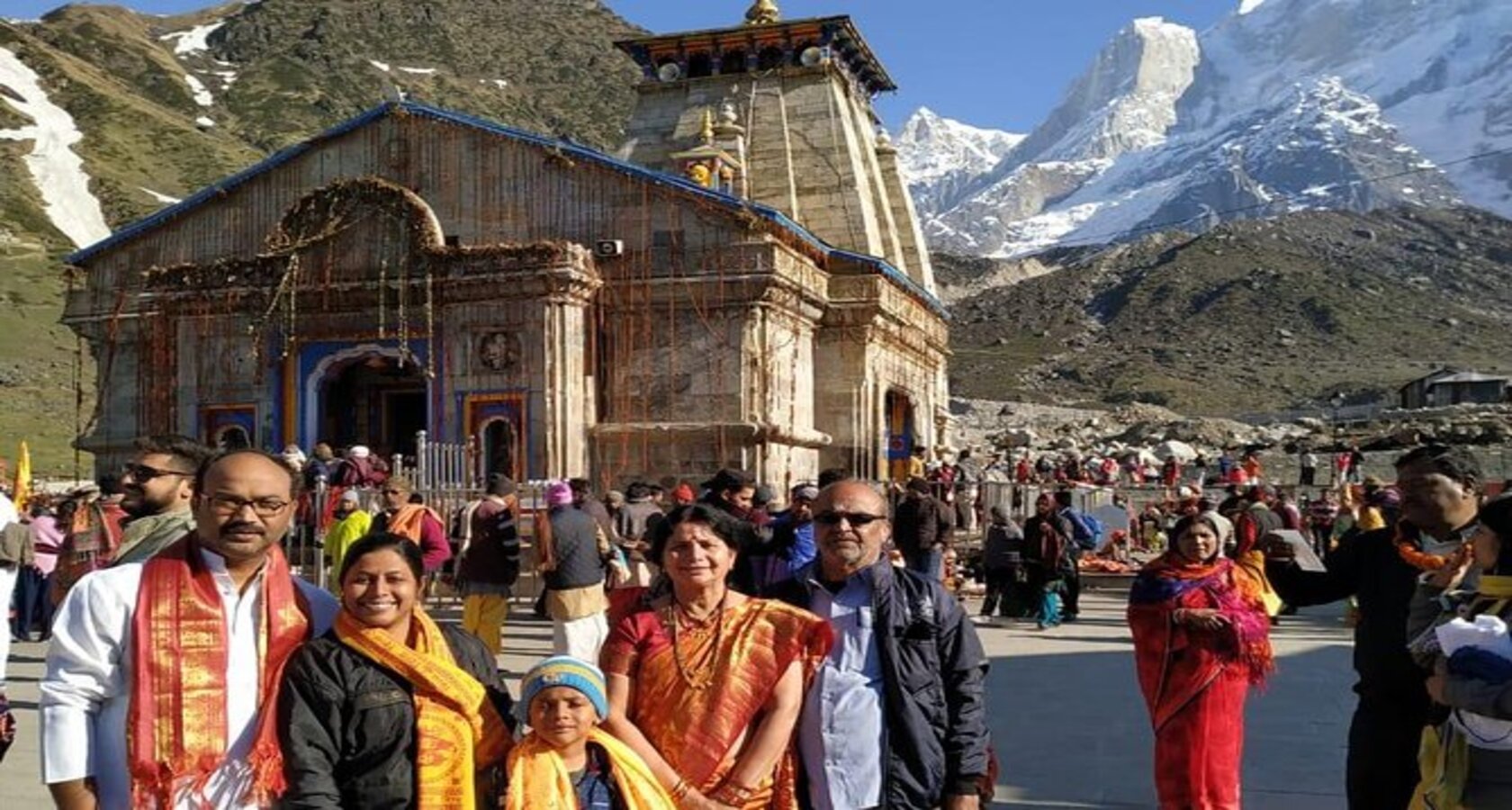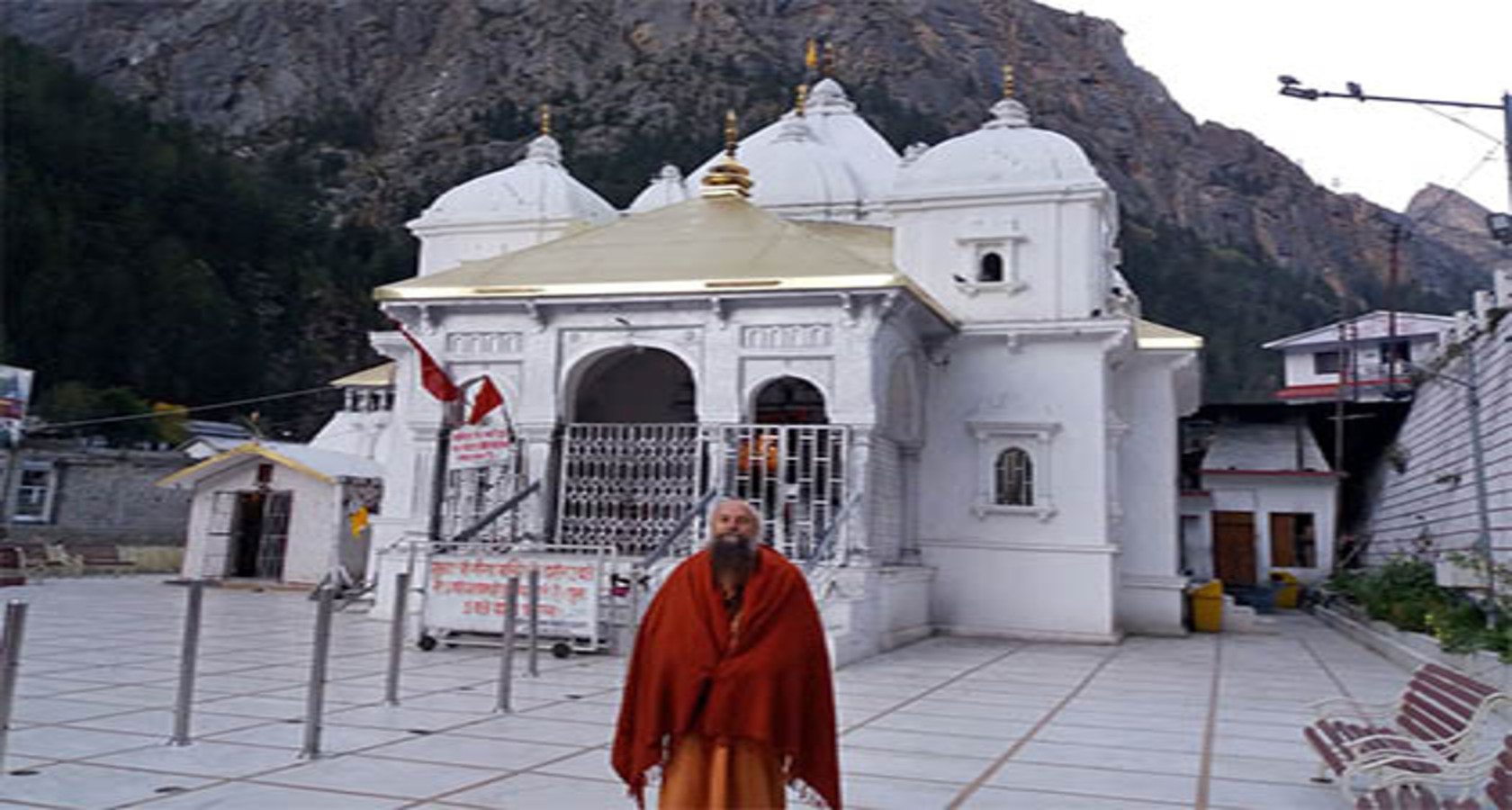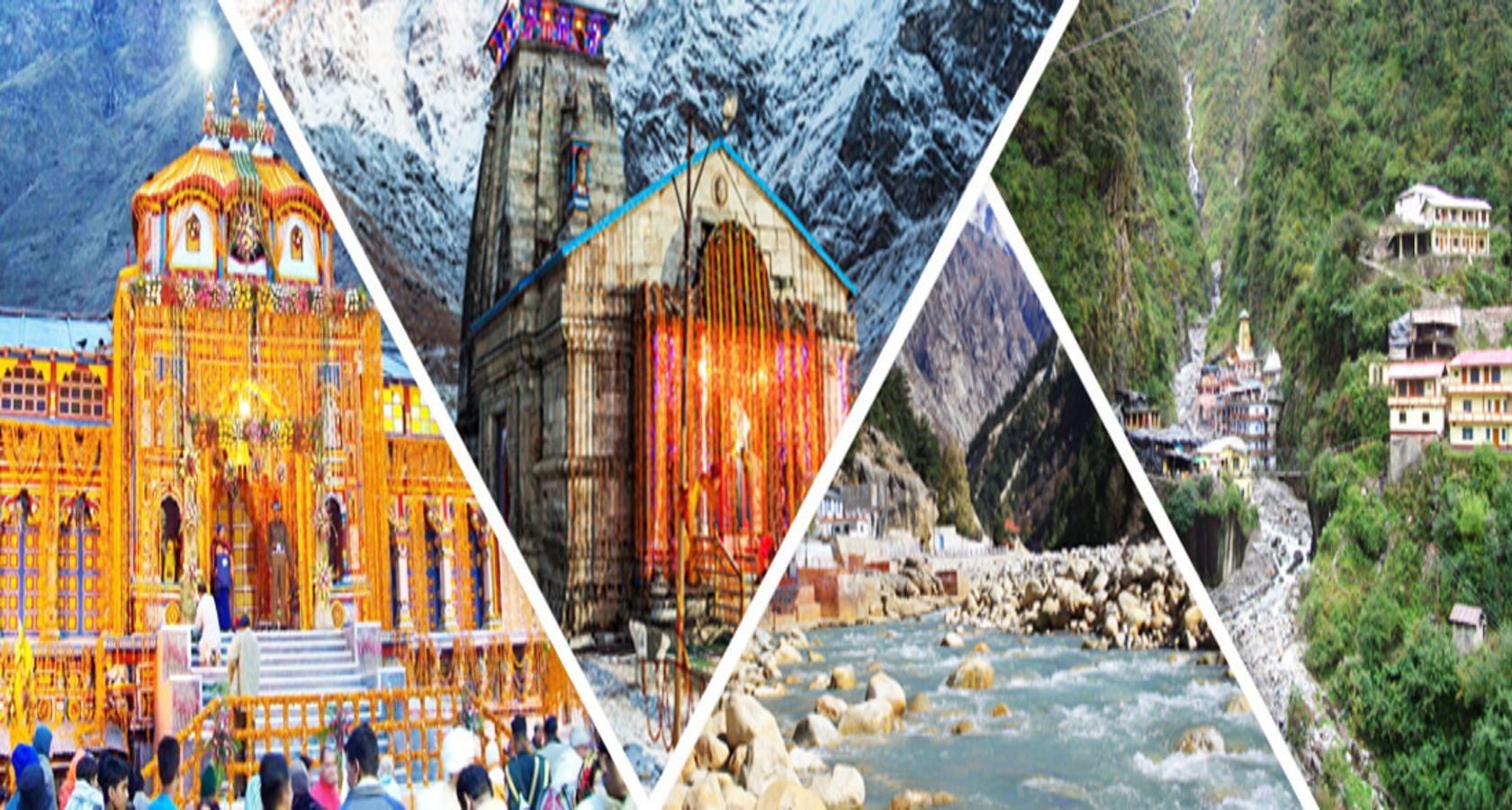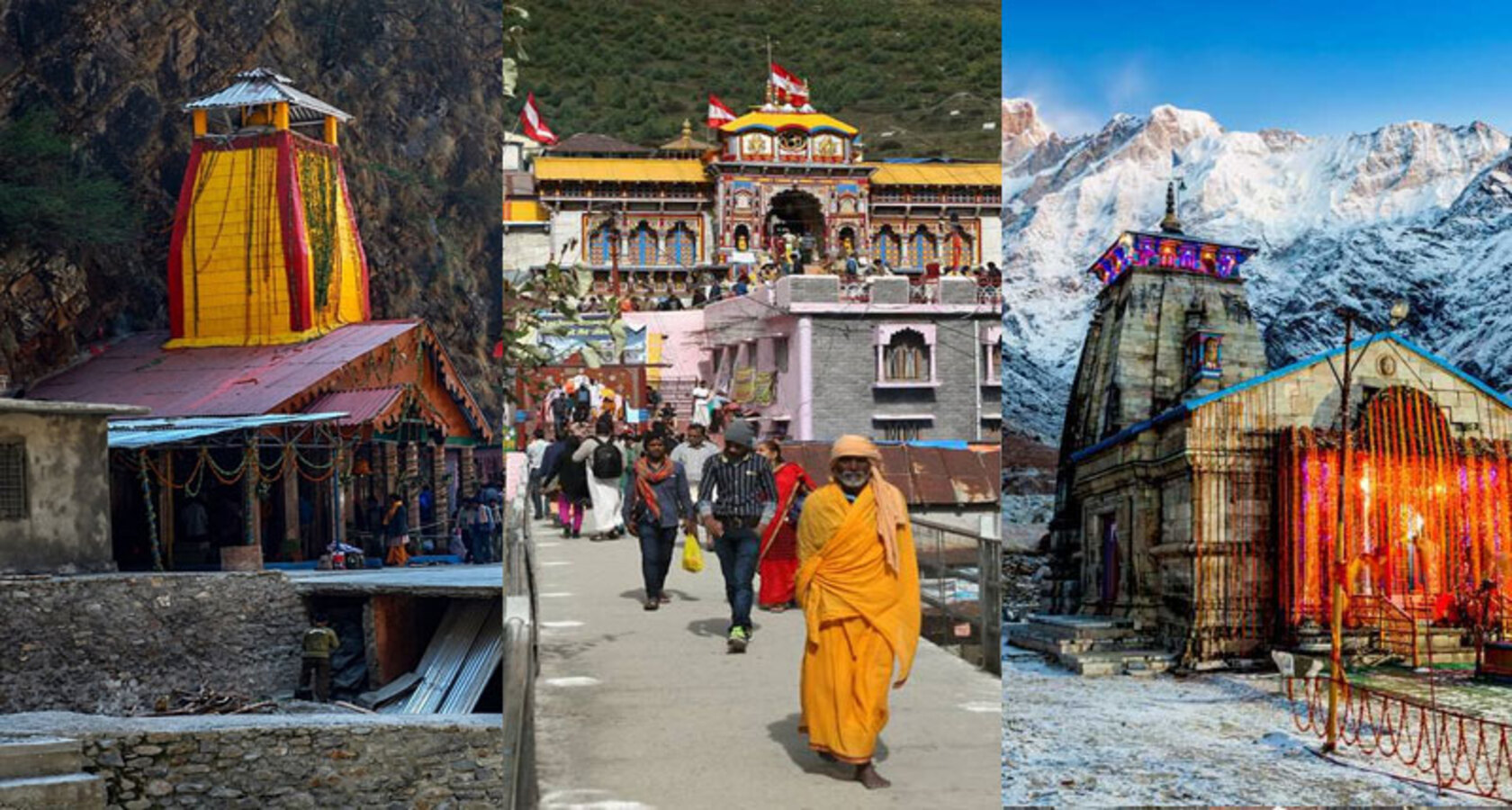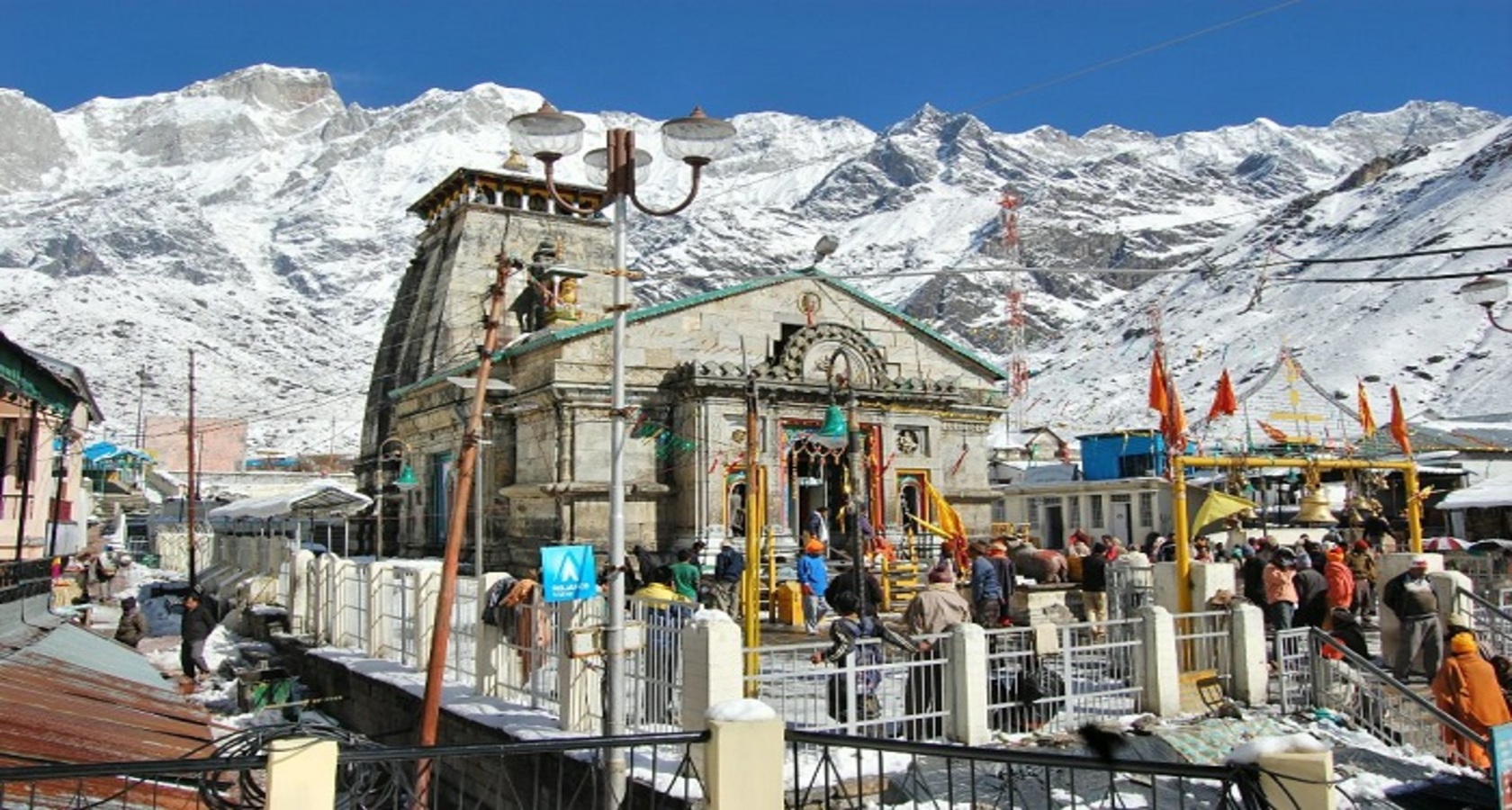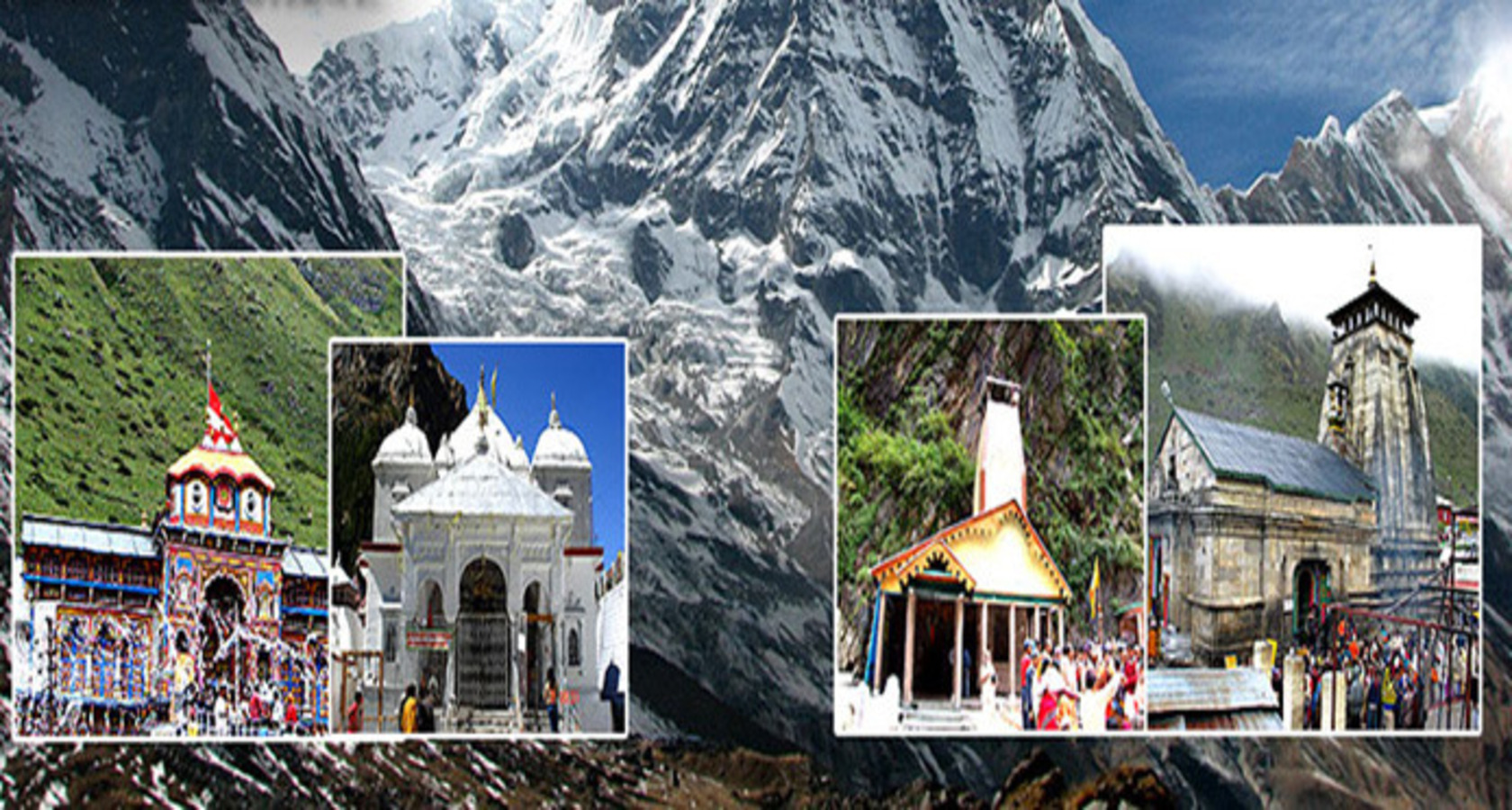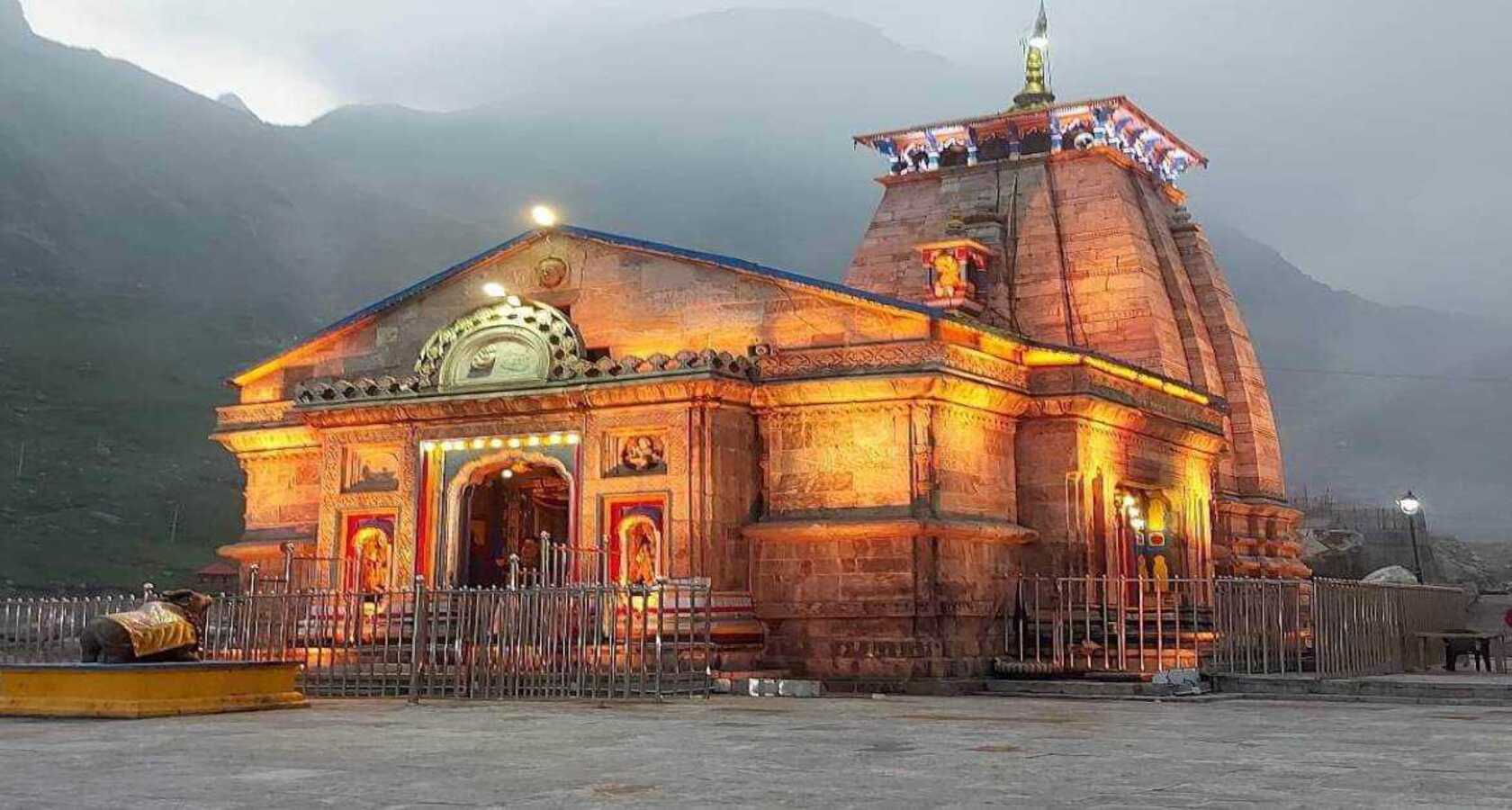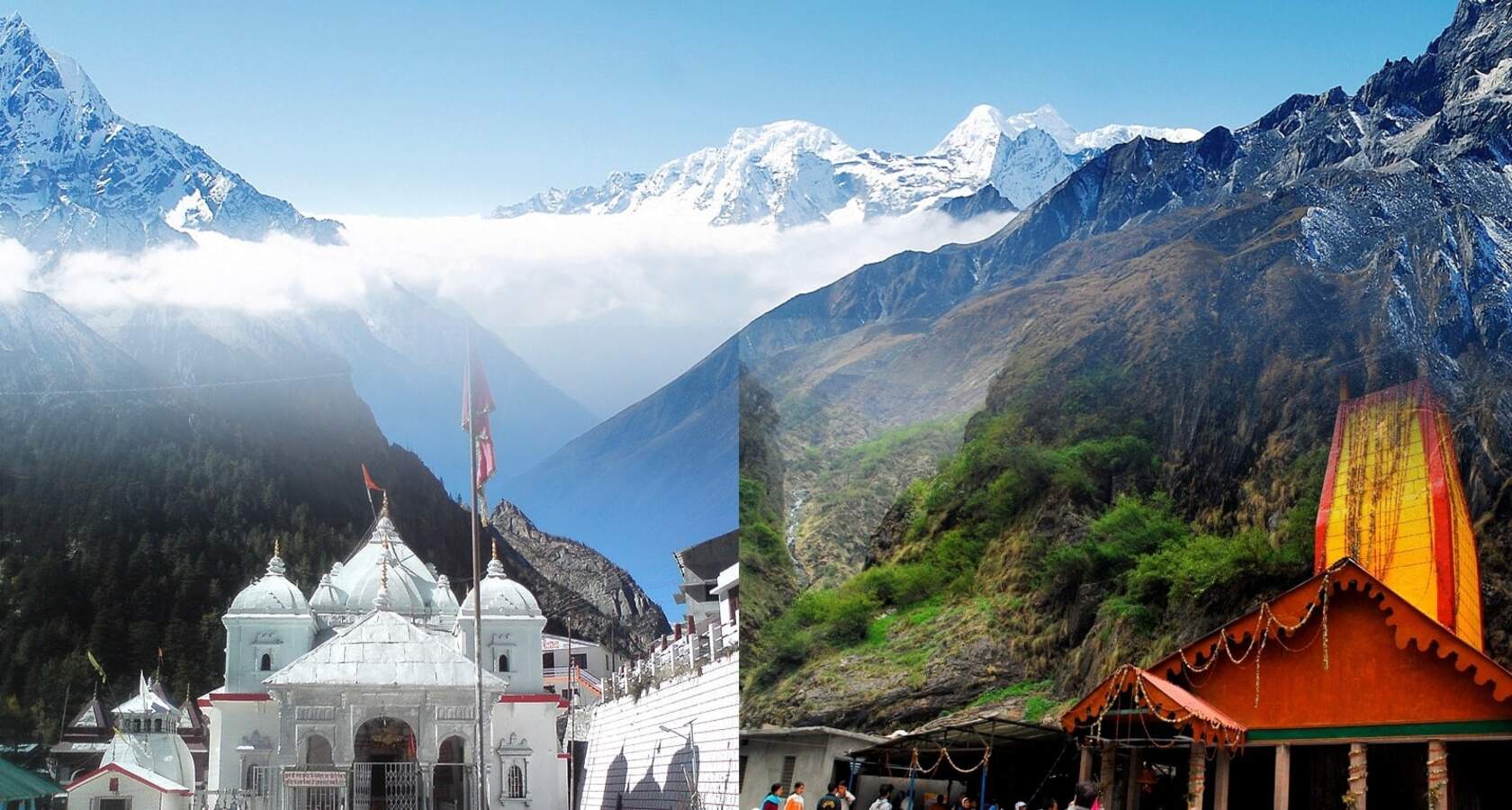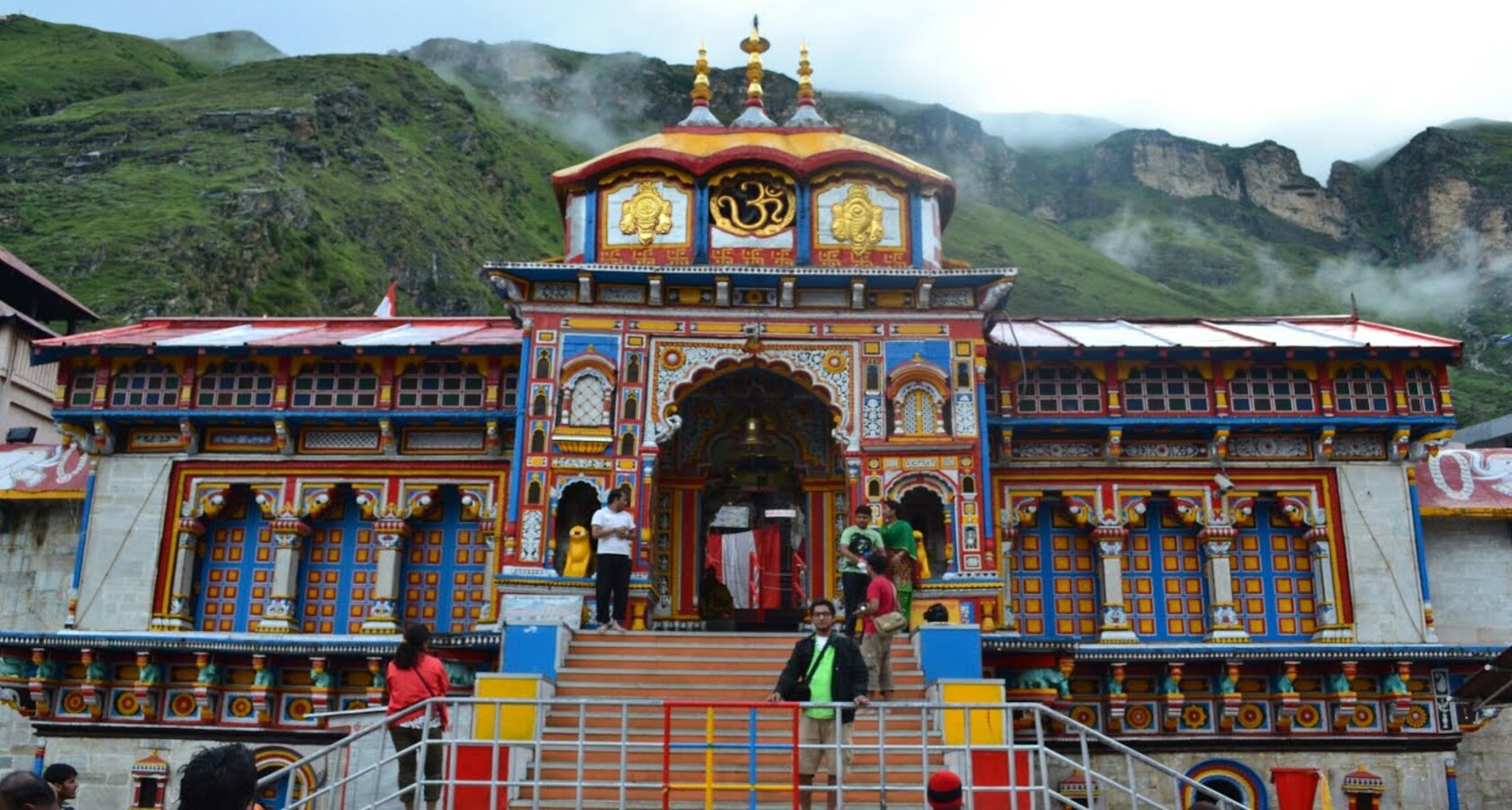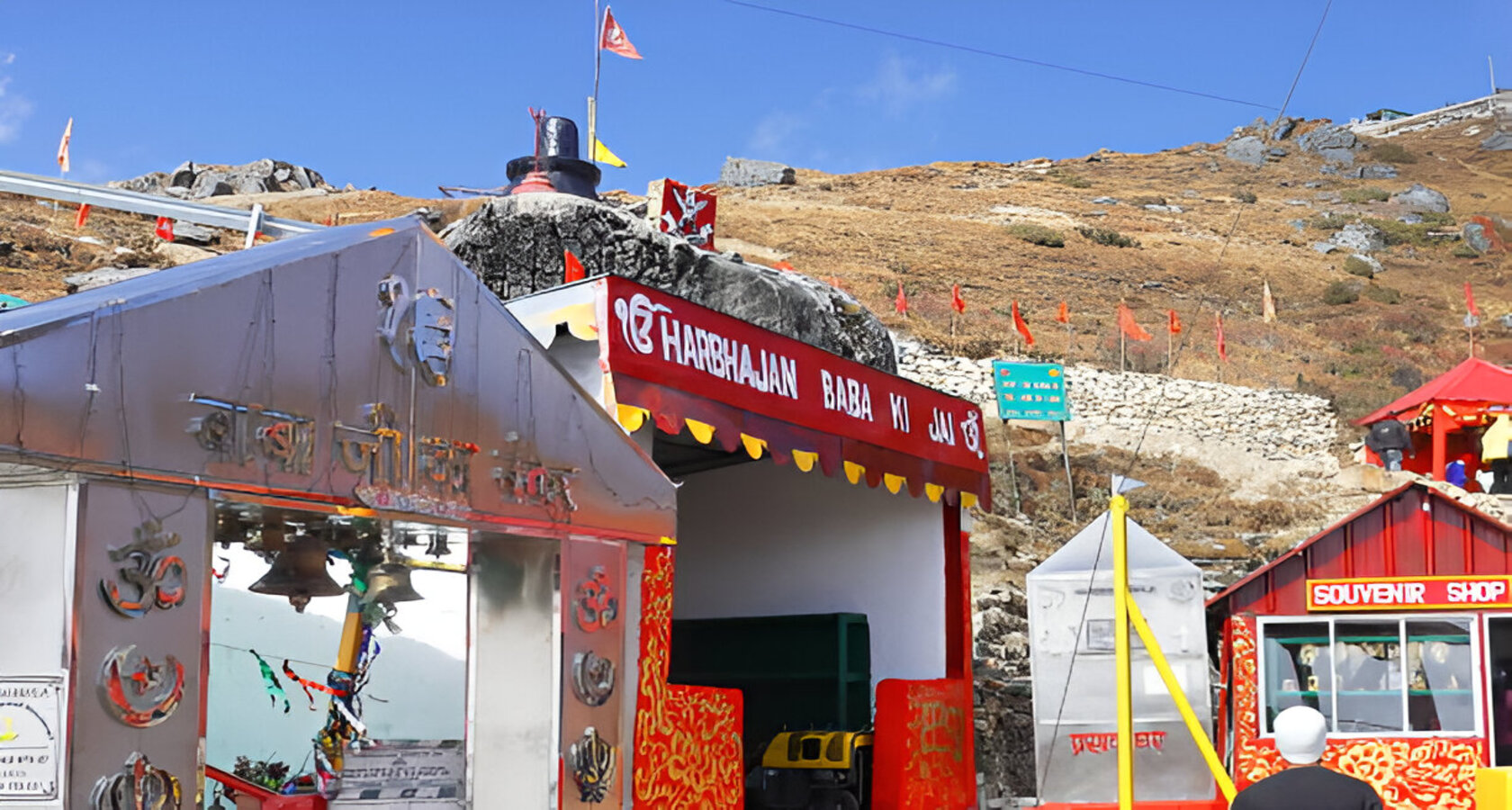
Do Dham Yatra with Triyuginarayan Package Cost:13,500 Per Person Group Tour.
Join Kalimath, Triyugi Narayan, Yogdhyan Badri, and Panch Prayag in the Dham Yatra (Kedarnath & Badrinath).
The following locations are covered: Delhi, Haridwar, Rishikesh, Devprayag, Rudraprayag, Kalimath, Triyugi Narayan, Gaurikund, Kedarnath, Guptkashi, Ukimath, Chopta, Pipalkoti, Vishnu Prayag, Badrinath Ji, Pandukeshwar, Yogdhyan Badri, Nand Prayag, Karan Prayag, and Delhi.
Time frame: 7 nights and 8 days
Day 1:Delhi, Haridwar, Devprayag, and Rudraprayag (390 km/10 hrs. approx.)
Drive through Haridwar and Rishikesh in the morning to Rudraprayag. Check in at the hotel when you arrive in the evening. Spend the night at the hotel.
In Sanskrit, "Devprayag" means "Godly Confluence." According to Hindu texts, Devprayag is the holy occasion when the Alaknanda and Bhagirathi, two celestial rivers, unite to become the Ganges.
Rudraprayag is where the Mandakini and Alaknanda rivers converge.
Day 2: Triyugi Narayan - Guptkashi - Kalimath - Rudraprayag
travel to Guptkashi in the morning on the way to Kalimath from August muni. After Darshan, travel to the guesthouse and check in. From there, visit Triyugi Narayan.Spend the night at the hotel.
The village of Kalimath, which was once called Kaviltha and is still occasionally called that, is considered a sacred site and a place of worship for Shakti. It is located in the Rudraprayag District of Uttarakhand, India, on the Saraswati River at an elevation of about 6,000 feet (1,800 meters) and encircled by the peaks of Kedarnath. Kalimath is located near Guptkashi and Ukimath. It is revered in religion and is considered one of the "Siddha Peeths" of the area. Many devotees visit the shrine of Goddess Kali here throughout the year, but especially during the "Navratras."According to Srimad Devi Bhagwat, this sacred sanctuary is one of the 108 Shakti Peethas in India.Kalimath worships the lower portion of the goddess Kali, while Dhari Devi in Uttarakhand worships the top portion. According to religious mythology, Kali killed the demon Raktavija and then sank beneath the earth at Kalimath. The goddess Kali and her sisters Laxmi and Saraswati are the sole deities worshipped in Kalimath. The goddess Kali has a temple there.
The Hindu temple known as Triyuginarayan Temple (Sanskrit: त्रियुगी-नारायण) is situated in the village of Triyuginarayan in the Rudraprayag district of Uttarakhand. The god Vishnu is the object of devotion at the old temple. It is a well-known pilgrimage site because of the mythology of the god Shiva's marriage to the goddess Parvati, which Vishnu saw take place there. A permanent fire that burns in front of the temple is one of its unique features. It is thought that the flame has been burning since the heavenly union.Thus, Akhand Dhuni temple is another name for the temple.
Day 3: Drive 35 km and hike 14 km from Guptkashi to Gaurikund to Kedarnath
Check out of the accommodation early (5:00 AM) and make your way to Gaurikund. We shall begin our 14-kilometer journey to Kedarnath from here. at one's own expense, either on foot, by doli, or by horse. When you get to Kedarnath, check into your hotel. In the evening, participate in evening arti and pay a visit to Shankaracharya Samadhi, which is located behind the temple. Spend the night at the hotel.
At an elevation of 1982 meters and 5 kilometers from Sonprayag, Gaurikund offers a hot spring for bathing as well as a visit to the Gauri Temple. Goddess Parvathi pondered here in order to become a devotee of Lord Shiva. It serves as the starting point for the Kedarnath hike.
Kedarnath: The magnificent Kedarnath range serves as the backdrop for the picturesque Kedarnath shrine, one of Lord Shiva's twelve jyotirlingas. Lord Shiva, the destroyer and guardian, is also known as Kedar. Legend has it that after defeating the Kaurava in the Kurukshetra war, the Pandavas felt bad for killing their own brothers and turned to Lord Shiva for forgiveness. He frequently escaped them and sought sanctuary at Kedarnath in the shape of a bull. He left his hump on the ground as he plunged into the dirt while being pursued. The remaining parts of Lord Shiva are revered in four more locations where he manifested. At Tungnath, the arms emerged, followed by Rudranath's face, Madhmaheshwar's abdomen, and Kalpeshwar's locks (hair) and head. Panch Kedar is the name given to Kedarnath and the four shrines listed above.
Day 4: (14 km Trek & 110 km Road) Kedarnath – Gaurikund – Guptkashi – Ukimath – Chopta
Go to the temple for darshan at four in the morning, and then return to the hotel. Wander down to Gaurikund after breakfast. Drive to Guptkashi later. Hotel check-in upon arrival. Spend the night at the camp.
Over the past few years, Chopta has become a more popular tourist destination. Known as "little Switzerland," Chopta is located in the Rudraprayag area of Uttarakhand state. Chopta is surrounded by lush woodland and sits at an elevation of 2600 meters above sea level. Chopta offers breathtaking views of the Himalayas. The journey to the well-known Tungnath Mandir and Chandrashila Peak begins at Chopta. The highest point of the mountain where Chopta is located is Chandrashila, and Tungnath Mandir is devoted to Lord Shiva. The area has a wide variety of plants and animals. There are several rhododendron and deodar trees in this area.
Day 5: Chopta, Tungnath, and Pipalkoti (a one-way hike of three kilometers and a 120-kilometer drive in four hours)
After breakfast, depart the camp at 8 a.m. and begin the walk to Tungnath. Trek to Chopta and drive strait to Pipalkoti after Darshan returns. Spend the night at the hotel.
Day 6: Pipalkoti, Vishnu Prayag, and Badrinath Ji (about 84 kilometers, 3 hours)
Visit Vishnu Prayag Sangam en route to Badrinath after breakfast. Proceed to Badrinath later. check-in at the hotel upon arrival. Visit Vyas Gufa and Mana Village. Do pooja Archana and attend the temple's evening arti. Spend the night at the hotel.
Located in Chamoli district of the Indian state of Uttarakhand, near the meeting point of the Alaknanda and Dhauliganga rivers on the Joshimath-Badrinath route, is Vishnu Prayag, one of the Panch Prayag (five confluences) of the Alaknanda River. Mythologically, it is the location where Sage Narada meditated before Lord Vishnu materialized in front of him.
One of the most popular pilgrimage destinations in the nation, Badrinath, also known as the "Four Dhams," is located at an elevation of 3,133 meters and is surrounded by the majestic Neelkanth Peak and the Nar and Narayan mountain ranges. Wild berries previously covered this hallowed area. Consequently, the area was given the name "Badri van," which translates to "forest of berries."
It is traditional to have a bath in Tapt Kund, a natural thermal spring on the Alaknanda River's bank, before visiting the Badrinath temple.
Narad Kund: The Badrinath idol was unearthed from a pool formed by a river recess close to Tapt Kund.
Brahama Kapal: A level area beside the Alaknanda River. Hindus offer rituals of retribution to their departed ancestors.
Mana settlement: The final Indian settlement before Tibet, it is inhabited by an Indo-Mongolian people.
Bhim Pul: A huge rock that forms a natural bridge across the thundering Saraswati river is located on the opposite side of Mana village. It is thought to have been positioned there by Bhim, the second oldest of the five Pandava brothers, and offers a breathtaking view of water pouring down through the small opening beneath the rock.
Ved Vyas is thought to have written the Mahabharata and the pauranic commentary in the rock cave known as Vyas Gufa, which is close to Mana Village.
Day 7: Badrinath Ji, Pandukeshwar, Yogdhyan Badri, Nand Prayag, Karan Prayag, and Rudraprayag (about one hundred and seven hours)
Be prepared to go to the arti at Badrinath Temple later in the morning around 6:00 a.m. Go to the Yogdhyan Badri Temple after breakfast. Later, proceed via Nand Prayag and Karan Prayag to Rudraprayag. check-in at the hotel upon arrival. Spend the night at the hotel.
Badri Yogadhyan Stories from the Mahabharata occasionally come to life in the Garhwal Himalayas. The 1,920-meter Yogdhyan Badri is situated in Pandukeshwar, which has the name of the Pandvas King. The bronze statue of Vishnu is thought to have been placed at the Yogdhyan Badri sanctuary by Pandu. According to legend, the Pandavas arrived in the Himalayas emotionally damaged but triumphant after their conflict with the Kauravas. Here, they gave Raja Parikshit control of their capital, Hastinapur, and performed penance before looking for the road to paradise. The sanctum features an image of the lord in a meditative pose, and the Badri is extremely important. The artwork is known as Yoga-dhyan (meditative) Badri because it depicts a meditative pose. The idol is made of Shaligram stone and is life-size. Legend has it that the Pandavas came here to confess their sins after slaughtering and defeating their relatives the Kauravas during the Mahabharata battle. They gave their grandson Parikshit the kingdom of Hastinapur and then traveled to the Himalayas to make amends.
When the temple of Badrinath is closed, Yogadhyan Badri is also thought to be the winter residence for the Utsava-murti (festival-image) of Badrinath. As a result, it is mandated by religion that a pilgrimage cannot be considered complete unless prayers are offered here.The temple's chief priests are Bhatts, or priests, from South India.
In the Chamoli district of the Indian state of Uttarakhand, the town and nagar panchayat of Nanda Prayag (often spelled Nandprayag and Nand Prayag) are located. Situated at the meeting point of the Alaknanda and Nandakini rivers, Nandaprayag is one of the Panch Prayag (five confluences) of the Alaknanda River.
There are five locations where rivers converge, including Karan Prayag. Vishnu Prayag, Nand Prayag, Karanprayag, Rudraprayag, and Devprayag are the five Prayag. One of the sacred sites of Hindu pilgrimage is Allahabad, sometimes called Prayag, where the Ganges, Yamuna, and the legendary Saraswati converge. Many people think that Karna from the Mahabharata should have worshipped the Sun God in Karanprayag. It is an old temple dedicated to Karna and Uma.
On the 8 day, travel from Rudraprayag to Delhi (390 km/10 hrs. max)
Following breakfast, continue on to Delhi. Transfer the visitors to the Delhi Airport or Railway Station upon arrival so they can board the train or airplane for their next destination.
